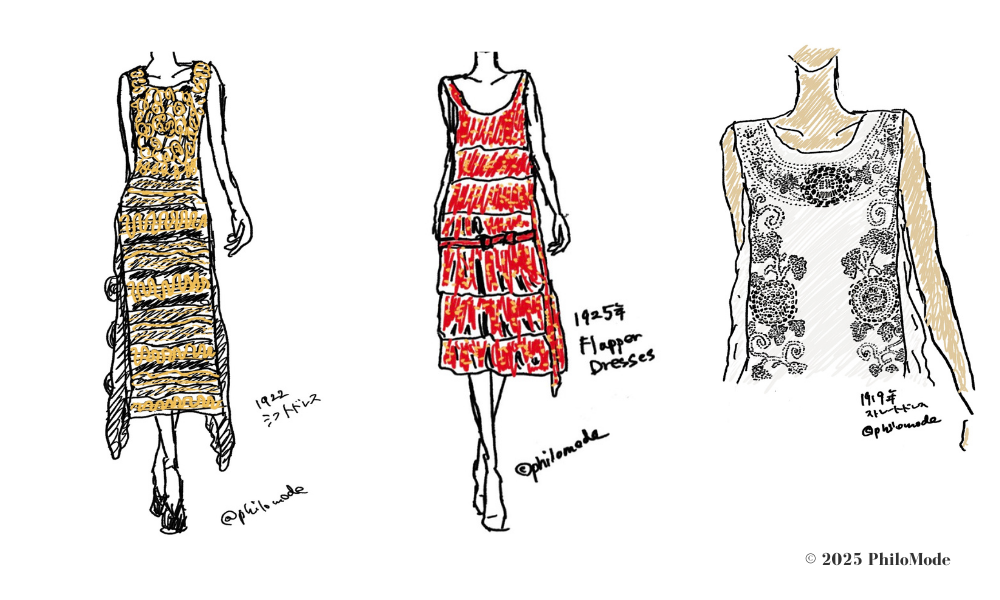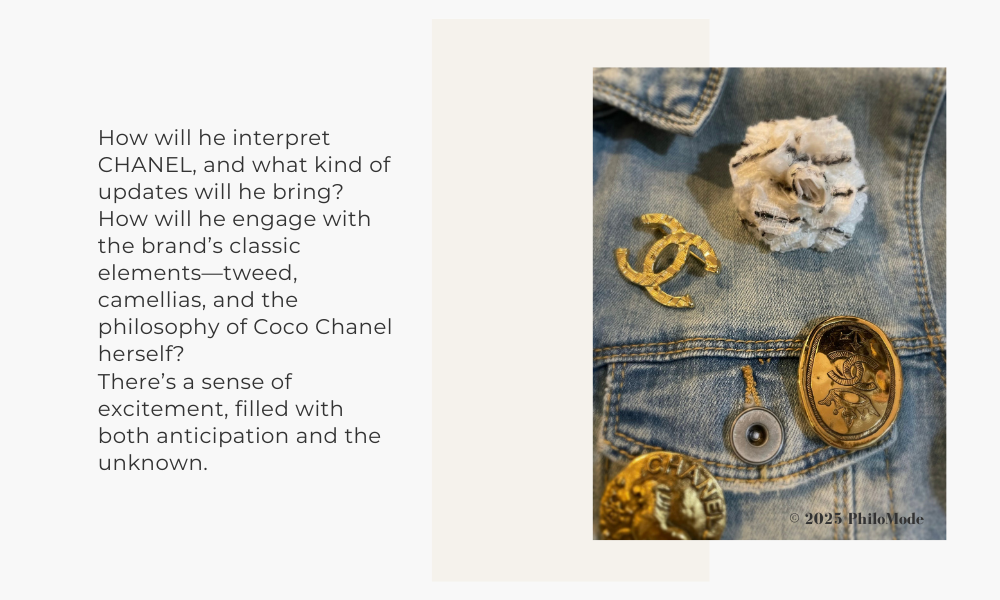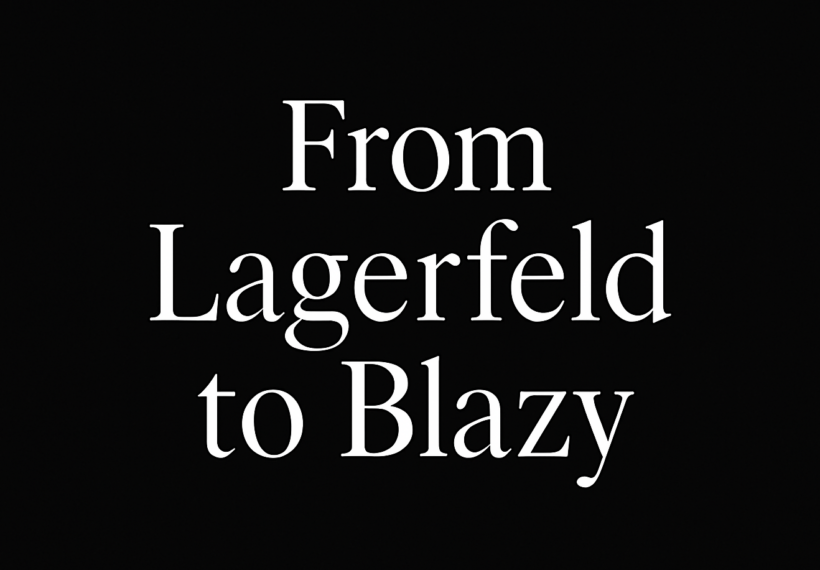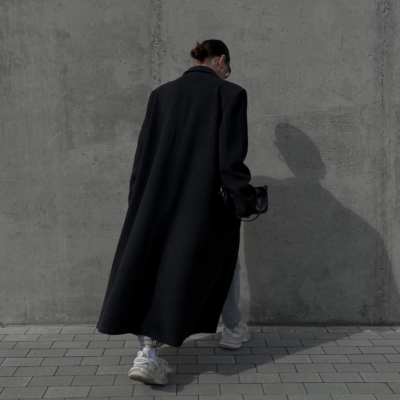Hearing the phrase “From Lagerfeld to Blazy,” some may feel as though someone important has been skipped over.
Indeed, after Karl Lagerfeld passed away, it was his long-time right hand, Virginie Viard, who naturally took on the role of artistic director at CHANEL. Her five-year tenure was not defined by bold revolutions, but by a quiet inheritance—an era deeply rooted in craftsmanship and a refined sensitivity to femininity.
And yet, I deliberately chose the title “From Lagerfeld to Blazy” because both designers represent a bold decision by the house: to bring in creative voices from the outside. This column is an attempt to explore the weight of that decision, and the brand’s vision, through the lens of time and transition.
A New Wind at CHANEL
CHANEL has finally announced its new artistic director: Matthieu Blazy. Unlike Virginie Viard, who had seamlessly inherited the role from Lagerfeld as a natural successor from within, Blazy is an external appointment.
Multiple names had been speculated across media and social platforms, and I found myself nervously excited, wondering when the announcement would come. When it finally did, my heart leapt.
You can feel it—a new chapter is opening for CHANEL.
The Choice to Look Outside: A Replayed Scenario of Innovation
What stands out most about Matthieu Blazy’s appointment is that CHANEL once again entrusted its legacy to someone from outside the maison. This configuration might feel familiar to many.
Yes—in 1982, Karl Lagerfeld was named artistic director under similar circumstances.
At the time, CHANEL was already a legendary name after Coco’s passing, but some said it had become more myth than living brand. Rather than promote from within, the house chose to bring in Lagerfeld, a visionary with a very different perspective.
He would later describe his debut collection as:
It’s like reviving an old play. You have to look at it with fresh eyes, but without too much reverence.
(Source: CHANEL CATWALK, Thames & Hudson)
In that phrase, we see both his respect for the CHANEL legacy and his determination not to be confined by it.
And now, CHANEL has once again chosen an outside voice—Matthieu Blazy—echoing that same pivotal decision. The house might once more be attempting to “revive the old play” with fresh refinement. Not out of nostalgia, but as a sophisticated form of reinvention.
Lagerfeld’s First Collection and the Spirit of Reinterpretation
In 1983, Karl Lagerfeld’s first haute couture collection for CHANEL became the talk of Paris. VOGUE famously wrote, “Everyone is talking about CHANEL.”
What Lagerfeld valued was not reproduction, but reinterpretation.
We are not trying to revive Mademoiselle Chanel’s silhouettes, whether in couture or ready-to-wear. We want to stay true to certain traditions while gradually evolving them. Chanel herself was modern.
(Source: CHANEL CATWALK, Thames & Hudson)
What’s fascinating is that his inspiration came not from the familiar styles of the 1950s, but from CHANEL’s more daring and free-spirited work in the 1920s and 30s.
Personally, I was so drawn to this era that I recreated three of those early looks in illustration. They showcase CHANEL before it became a myth—modern, functional, and radical for its time.

(Reference: Complete Edition of CHANEL BOOK by Emma Baxter-Wright, translated by Rumiko Kawashima, Sakurasha)
(Left) A 1922 shift dress with asymmetrical hem, metallic gold and black embroidery
(Center) A 1925 flapper dress with low waist, sash on the side, silk chiffon, crystal beads, in bright red
(Right) A 1919 straight-line dress adorned with jet black beads, featuring geometric Art Deco motifs
Lagerfeld once said, “These days, I feel like a computer connected to CHANEL mode,” as though he were constantly decoding her spirit and reprogramming it for the present day.
And now, CHANEL welcomes another outside designer. What kind of code will Matthieu Blazy interpret, and how will he update it? Perhaps we are about to witness another moment when “everyone is talking about CHANEL.”
The Five Years of Virginie Viard
After Lagerfeld’s passing, Virginie Viard stepped into the role naturally as his trusted collaborator. Her time at CHANEL brought a different tone—marked by quietness and delicacy.
Her collections paid homage to craftsmanship and to femininity in a way that felt personal, graceful, and distinctly her own. But some voices in the industry longed for bolder steps.
Perhaps her restraint was part of the immense responsibility she carried: inheriting the reins from a fashion legend.
Who Is Matthieu Blazy?
When I heard Matthieu Blazy’s name, I immediately recalled his time at Bottega Veneta—his architectural, philosophical elegance.
His work was defined by minimal forms, a deep exploration of materials, and a quiet yet undeniable sense of innovation. It carried an unspoken refinement.
Now, how will he reinterpret CHANEL? How will he engage with its classic codes—the tweed, the camellias, the philosophy of Coco herself?
There is excitement, anticipation, and an inspiring sense of the unknown.

Looking Forward: A Balance of Inheritance and Innovation
In 1983, when Karl Lagerfeld brought new life to CHANEL, VOGUE declared, “Everyone is talking about CHANEL.”
Today, we may be on the verge of that same excitement.
What will Matthieu Blazy do with his debut? What will his first silhouette look like? What kind of “new CHANEL” will we meet?
The fact that we are about to witness it—that alone feels momentous.
Recommended: My column on CHANEL’s ownership structure

